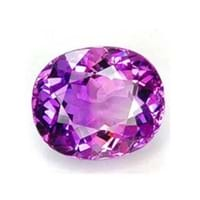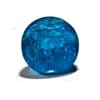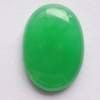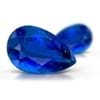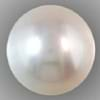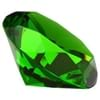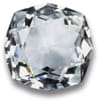Apatite Vs Amethyst
Apatite Vs Amethyst Fracture
Fracture is an important parameter when you compare Apatite and Amethyst Physical Properties. It is necessary to understand the significance of these properties, before you compare Apatite Vs Amethyst fracture. Whenever a gemstone chip breaks, it leaves a characteristic line along its breakage. Such lines are known as fracture and are used to identify the gemstones in their initial stages of production when they are in the form of rough minerals. Fracture is usually described with the terms “fibrous” and “splintery” to denote a fracture that usually leaves elongated and sharp edges. Fracture observed in Apatite is Conchoidal, Uneven, Conchoidal, Brittle, ConchoidalArthur Thomas, Gemstones (2009) and Conchoidal to uneven. Amethyst fracture is Conchoidal, ConchoidalWalter Schumann and Gemstones of the world (2001).
Apatite Vs Amethyst Luster
A primary knowledge about Apatite vs Amethyst luster is useful in apparent identifications of these gemstones. Luster is the measure of light that gets reflected when incident on a finished cut gemstone. There are two major types of lusters: Silky and Adamantine. Since luster varies between two crystals of even the same gemstone, luster is limited to basic identification criteria. Apatite exhibits Vitreous luster. Amethyst, on other hand, exhibits Vitreous luster.

